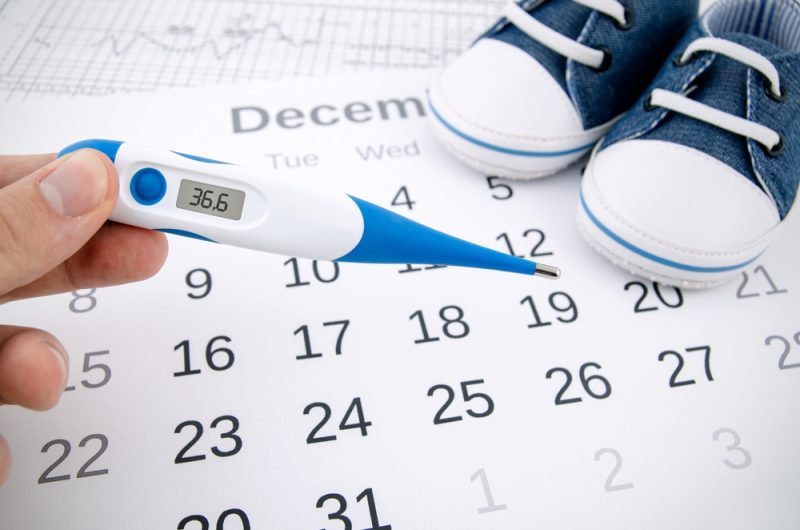The ovulation cycle is a good thing to understand: whether you’re personally experiencing it, or simply know and work with people who do, understanding this monthly (or near monthly) series of changes will help you understand your own body better and give you increased insight and empathy for the people around you. If you’re part of a couple that’s trying to get pregnant then understanding the cycle is an essential: it tells you when you’re at your most fertile each month and therefore when you need to try and get pregnant. If you’re having difficult conceiving, understanding your menstrual cycle might help to explain where the problem is so you can try to fix it. It’s the ovulation cycle we’re looking at today!
The First Phase
At the beginning of your cycle two important things happen; your period begins, and your body begins maturing eggs to ovulate later in the month.
Your period is a very tangible bodily process: you will see and feel it clearly every time it happens. If you don’t already it’s well worth making a note of the first and last dates of your bleed in each cycle. That first date is a handy indicator of the beginning of your cycle, which you can use to check how regular it is, and the last one tells you how long your period is. If that changes, it could be an indicator of an underlying health issue, so it’s well worth keeping track.
All the while, your ovaries are preparing eggs for ovulation. Even though only one egg is ovulated (two on rare occasions), as many as twenty may be matured each month, with only the biggest and healthiest released into the fallopian tubes, to be potentially inseminated by sperm.
The contender eggs are matured in small sacs that are called follicles, which means this stage of the menstrual cycle is called the follicular phase.
Menstruation
The centre point of the menstrual cycle is ovulation, when that mature egg is ejected from the ovaries. It’s only when sperm encounter this egg that you can actually get pregnant, so you need to know when you ovulate to maximise your chances of getting pregnant!
Second Phase
After ovulation, the hormones that have been encouraging that egg to grow to maturity and then be released from the ovaries are redirected to focus on the uterus. Here, in what’s known as the Luteal Phase, a thick lining is being laid down to receive the egg. If it’s fertilised, that egg will anchor into the lining, and develop from a small bundle of cells into a embryo, a foetus and eventually a baby!
If the egg isn’t fertilised, it simply falls into the lining and is ejected from the body as your period begins and the cycle resets.
Each cycle is a fresh chance to try to get pregnant, but only if you understand how it works, so if you’re interested in starting a family, you should start charting your cycle today!
